4 reasons why a digital camera is better than an iPhone for night photography
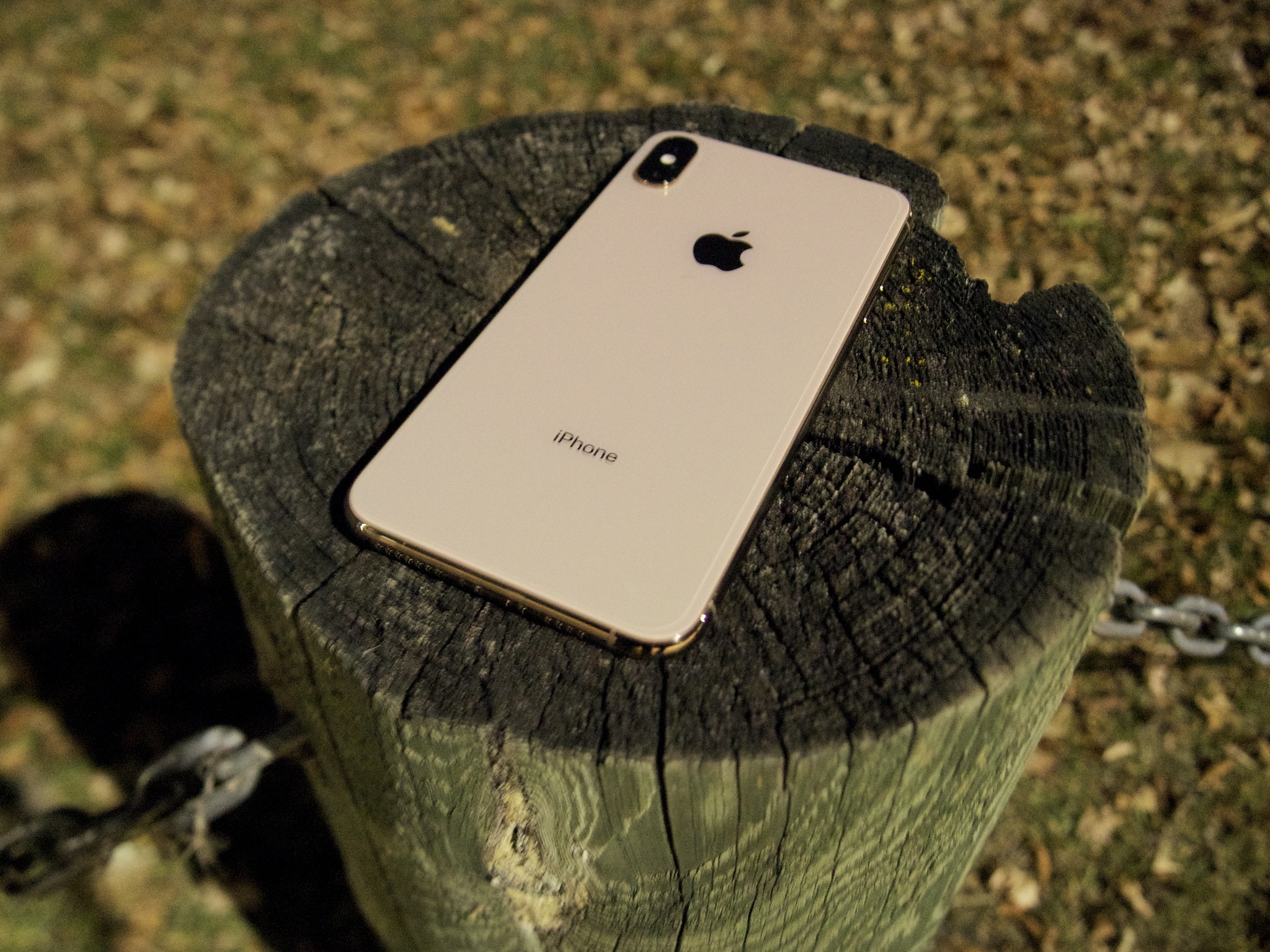
Capturing crisp and clear photos in dark or low-light situations is one of the hardest things you can do with any camera — even the best digital camera. However, if you've ever tried to take a photo at night on your iPhone you know it seems impossible to get a good photo, even with Night mode.
There are many different factors to consider when trying to take good photos in the dark, and it's not always as simple as turning on the flash and hitting the shutter button. Here are four reasons that a digital camera is better than your iPhone for snapping pics at night.
Higher ISO range
ISO is one of the three main aspects of photography — along with aperture and shutter speed — and responsible for the darkening brighten of a photo. Now, if you shoot at a really high ISO, regardless of which camera, you'll see more grain on the photo. However, digital cameras have better ISO ranges than your typical iPhone. Not only that, but you have more control over the ISO with a digital camera.
ISO doesn't work alone. It always works in conjunction with shutter speed and aperture, both of which digital cameras have better control over.
Better image stabilization = lower shutter speeds
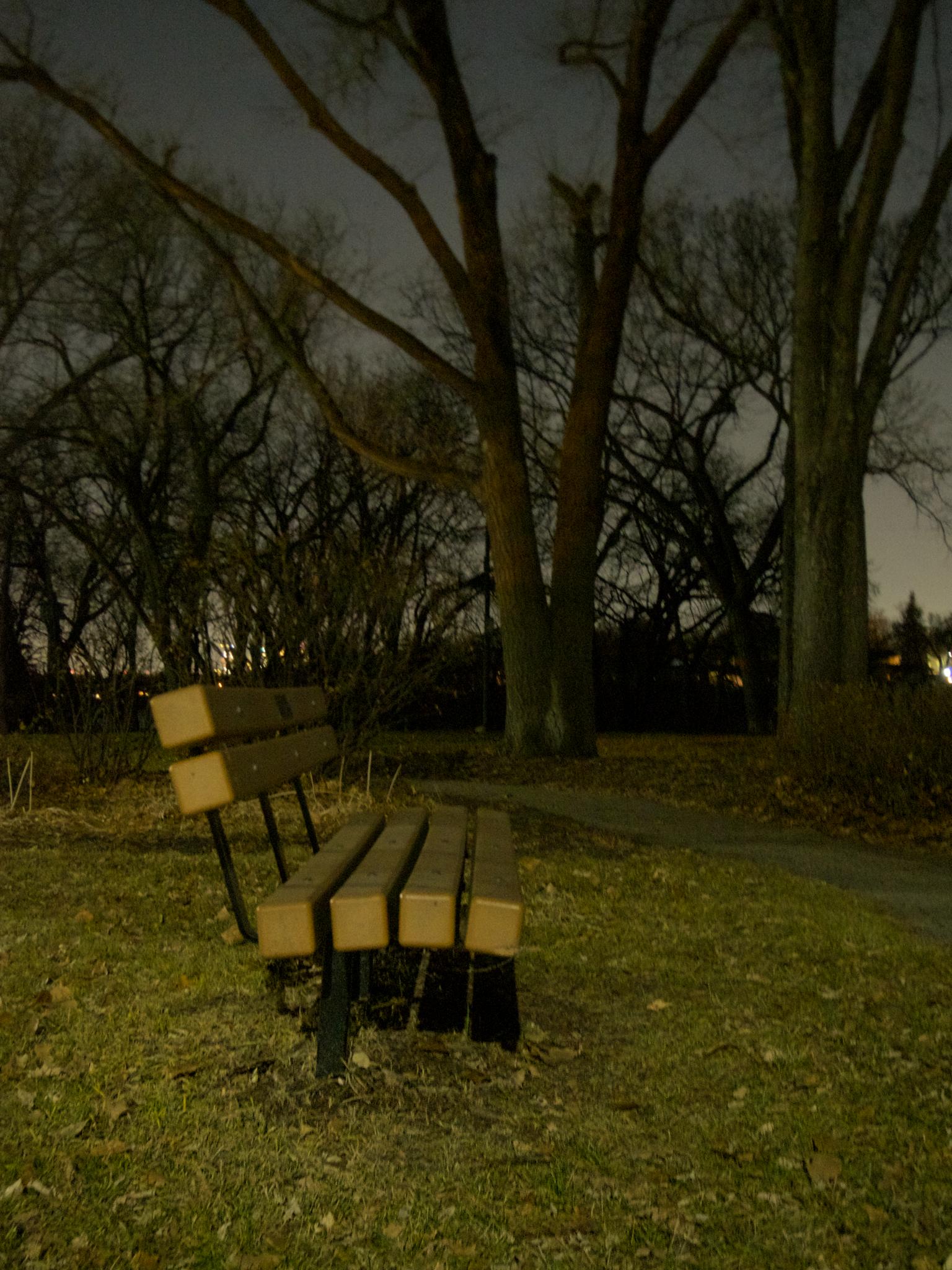
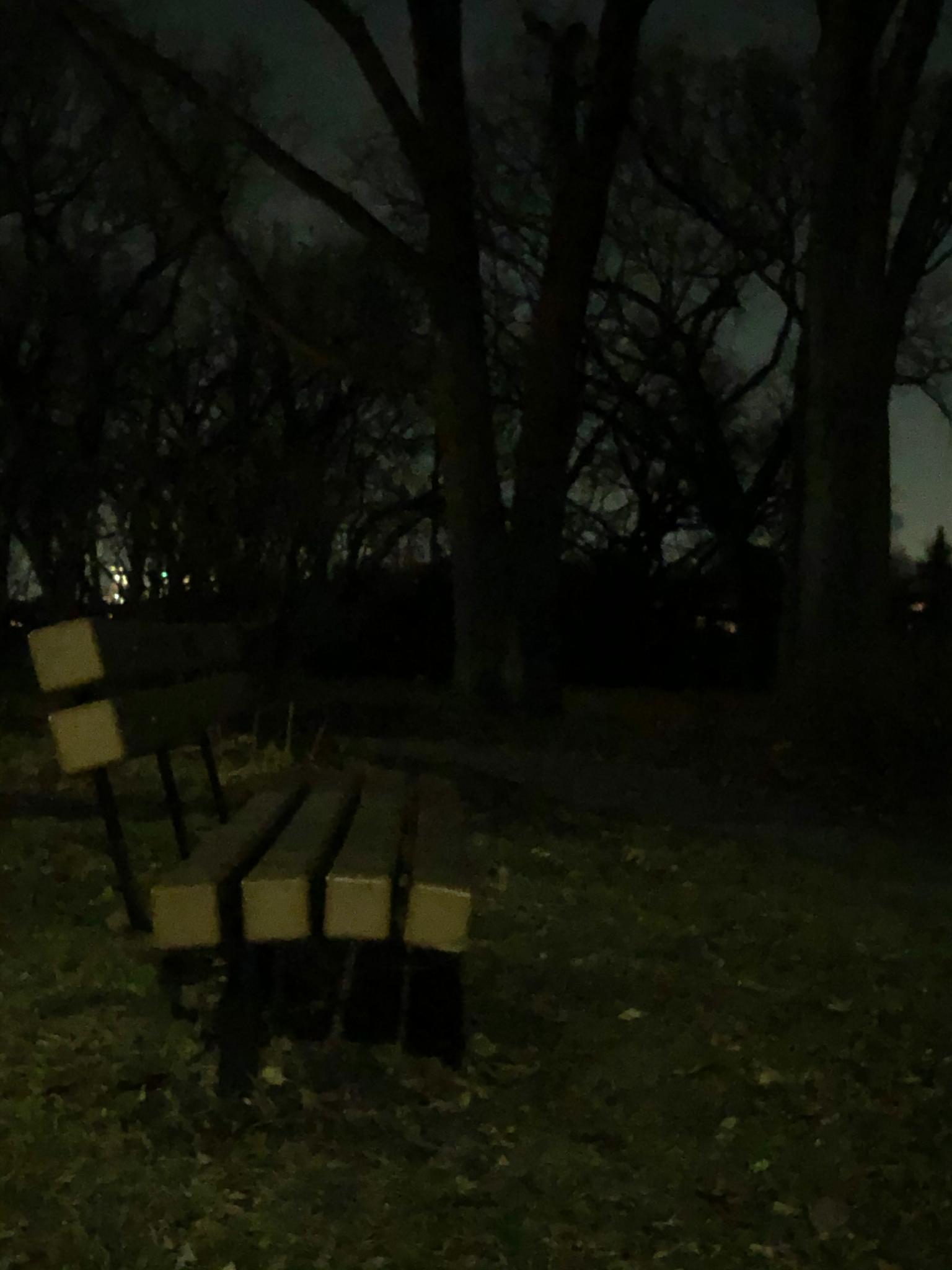
The iPhones have had image stabilization on some of their lenses, going back several generations now. Still, they don't hold a candle to any digital camera that has in-body image stabilization. The space required to put in a quality multi-axis stabilization system doesn't exist in an iPhone. So why is this so important? Well, it actually comes down to shutter speed.
The lower your shutter speed, the more light the camera will capture. However, the lower your shutter speed, the more camera shake will interfere with your photo. Whether it's a little bit from wind or your hands, a low shutter speed will capture more camera movement.
If you look at the images above, you'll clearly see the difference between the two photos. The one on the left was taken with my mirrorless Olympus camera, and the one on the right was just from my iPhone XS Max. The Olympus camera I use has great image stabilization, which allowed me to turn down my shutter speed pretty slow to get as much light into the image as I could. I didn't have to worry about camera shake ruining my photo, so I got a better result.
Master your iPhone in minutes
iMore offers spot-on advice and guidance from our team of experts, with decades of Apple device experience to lean on. Learn more with iMore!
Lenses with lower aperture
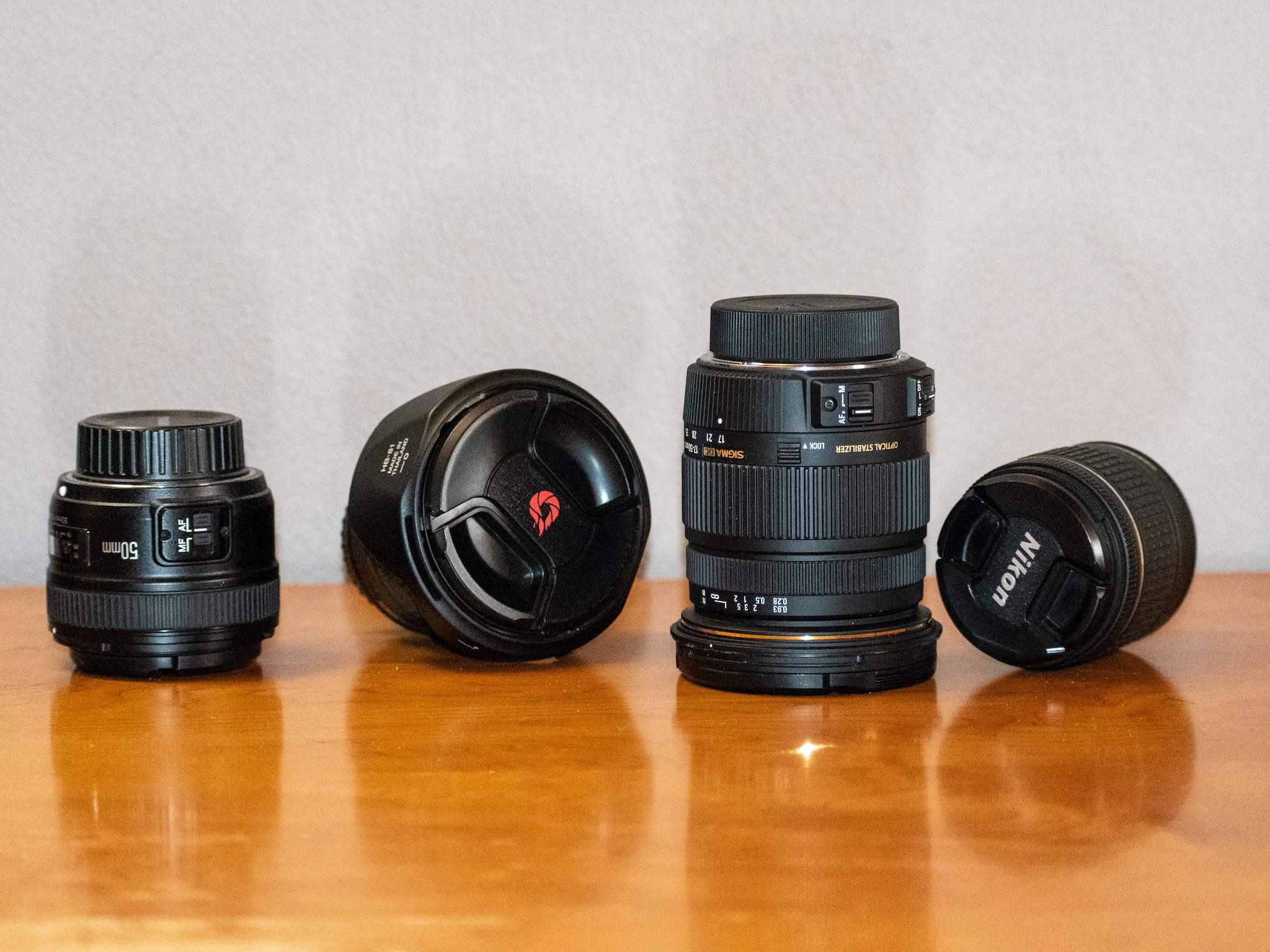
The last pillar of photography is the aperture, and it plays an important part in night time photography. The lower your aperture, the more light the camera allows into the photo you're taking. iPhone lenses have set apertures, meaning you're stuck with one setting that you can't change no matter what you do. A digital camera with interchangeable lenses, such as a DSLR or mirrorless camera, lets you switch to lenses with different apertures.
Shooting in RAW

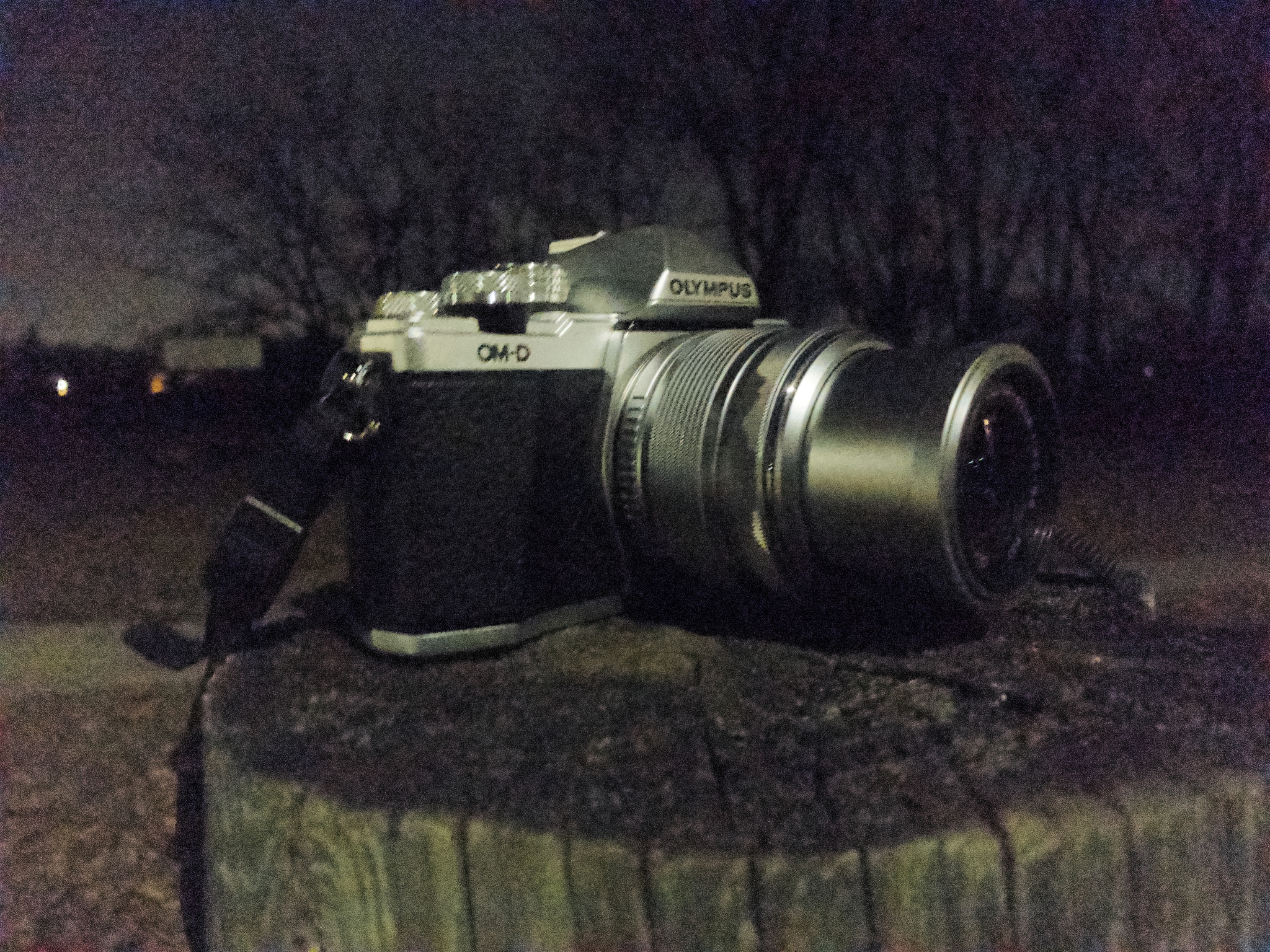
Shooting in RAW is super important if you're going to do any editing at all, and almost all digital cameras allow you to shoot in RAW these days. In case you don't know, RAW is a format that you can take pictures in, and they produce large files because they capture more data. The more data the image has, the better post-processing photo editing software, like Photoshop or Pixelmator Pro, can do.
Now, there are manual camera apps for iPhone that do allow you to capture RAW photos, but the built-in camera app does not. However, Apple ProRAW is coming for iPhone 12 Pro and iPhone 12 Pro Max later this year, which is a hybrid format of easy-to-process JPEG/HEIC and RAW files.
Do you prefer using a digital camera over iPhone?
Even though Apple gives the iPhone great camera technology year after year, it still doesn't quite match up with a standalone digital camera, especially when it comes to taking photos at night. Do you use a digital camera for night photography? Or is Night mode on your iPhone good enough? Let us know in the comments!
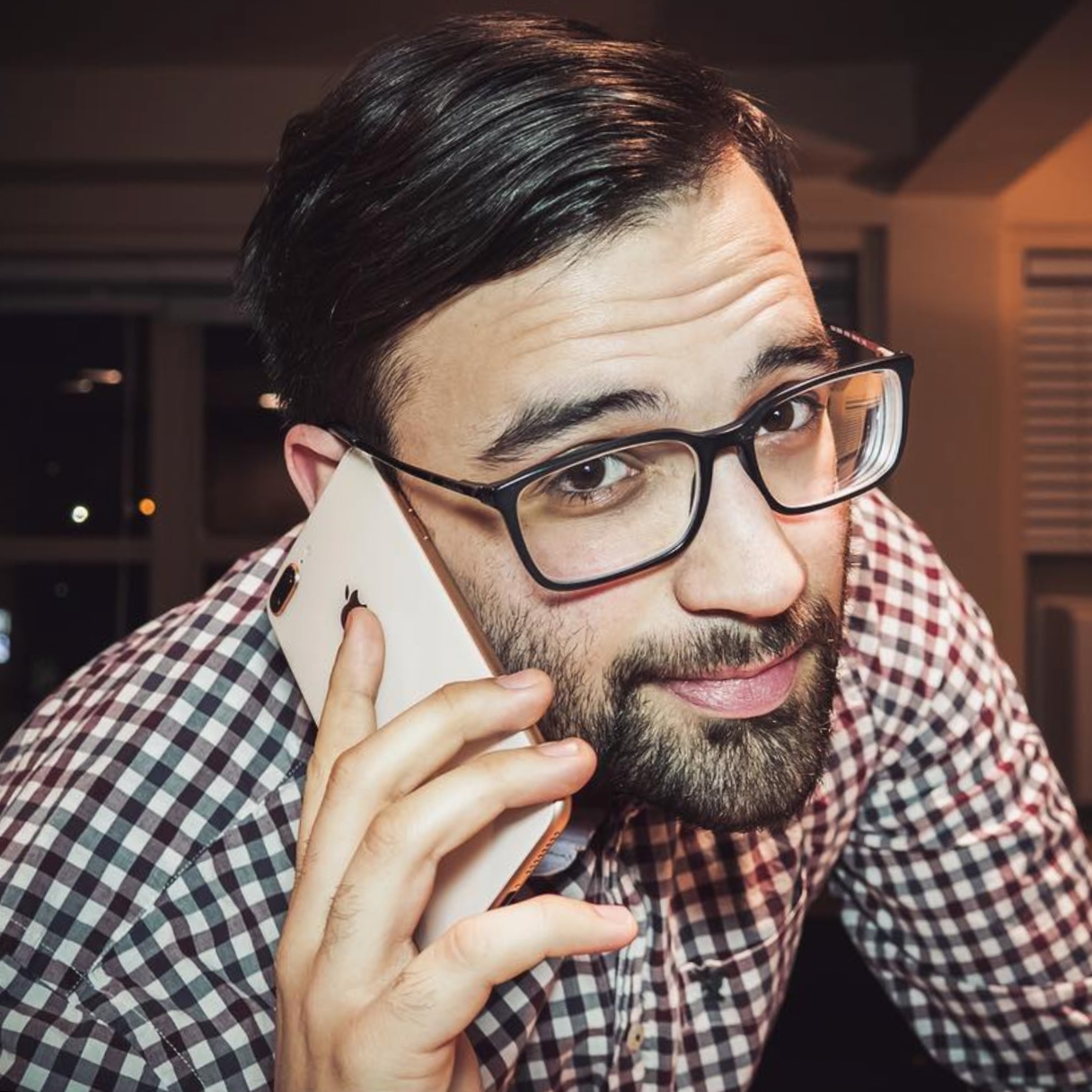
Luke Filipowicz has been a writer at iMore, covering Apple for nearly a decade now. He writes a lot about Apple Watch and iPad but covers the iPhone and Mac as well. He often describes himself as an "Apple user on a budget" and firmly believes that great technology can be affordable if you know where to look. Luke also heads up the iMore Show — a weekly podcast focusing on Apple news, rumors, and products but likes to have some fun along the way.
Luke knows he spends more time on Twitter than he probably should, so feel free to follow him or give him a shout on social media @LukeFilipowicz.
